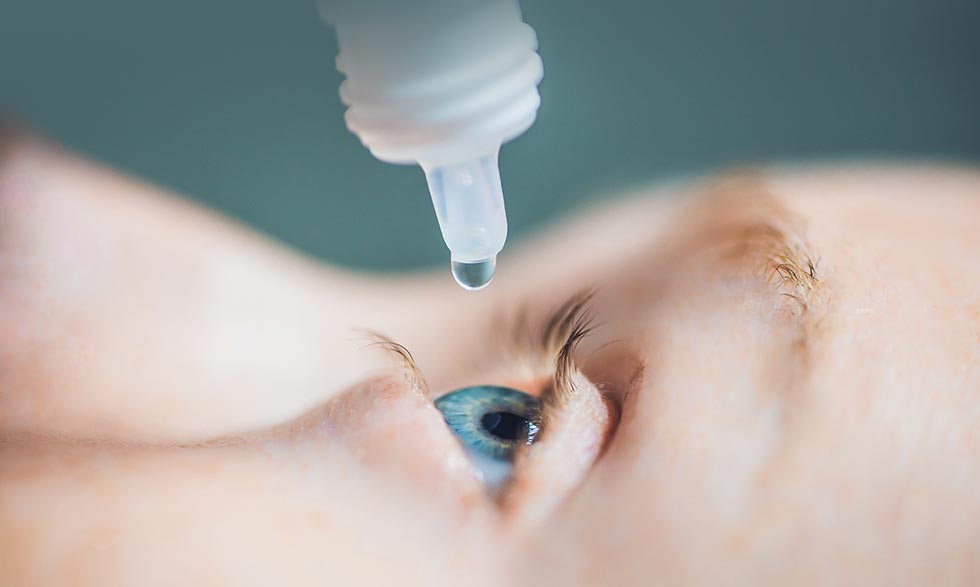
What is dry eye?
Dry eye disease, or dry eye, occurs when the quantity or quality of tears fails to keep the surface of the eye wet.
Tears are a complex mix of fatty oils, water, mucus, and more than 1,500 different proteins. They keep the surface of the eye smooth and protected from the environment, and from bacteria or viruses that can cause disease.
Causes
Dry eye can happen when you produce fewer tears or when your tears dry up too fast. Some medications, getting older, rosacea, autoimmune disorders, and allergies can contribute to dry eye.
Who gets it?
Dry eye affects millions of people in the U.S. The risk of developing dry eye increases as we get older. Women are more likely to get it than men.
Symptoms
Dry eye causes a scratchy feeling, like something is in the eye. Other symptoms include stinging or burning, excessive tearing after periods of dryness, discharge, pain, and redness.
People with dry eye may even have blurred vision and feel like their eyelids are heavy.
Treatments
Over-the-counter medications: You can treat mild dry eye symptoms with medications like artificial tears, gels, and ointments. These don’t require a prescription.
Prescription dry eye medications: Cyclosporine and lifitegrast are the only prescription medications approved by the U.S. Food and Drug Administration (FDA) for treating dry eye. Eye doctors may also prescribe steroid eye drops on a short-term basis to reduce swelling.
Devices: The FDA has also approved devices that provide temporary relief from dry eye by stimulating glands and nerves that control tear production. These are prescribed by a doctor.
Surgical options: An eye doctor can put plugs into your tear ducts to help block or partially block them. This prevents liquid from draining out of the eye. In severe cases, your doctor may need to close the tear ducts permanently with surgery.
